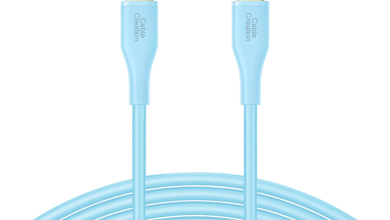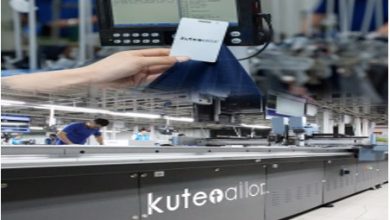How Long-range RFID Readers Are Changing The Way Things Work

If you have ever taken a trip to the grocery store and found it quite difficult to keep track of your groceries, then you probably haven’t heard about the RFID technology revolutionizing the logistics industry. In this article, you will learn about this amazing new technology and how it is changing how warehouses and other businesses operate.
What Is The History Of RFID Technology?
RFID technology has been around since the early 1990s, but it has only recently begun to gain widespread use. RFID stands for radio frequency identification, a technology that uses electromagnetic signals to identify and track objects. RFID readers typically use long-range signals to detect tags near them, which makes them an ideal technology for tracking items in large spaces.
The first RFID systems were used in manufacturing plants and warehouses to track inventory and shipments. Over the years, RFID technology has been adapted to other industries, such as healthcare and transportation. Today, RFID systems are being used more and more to automate processes and improve efficiency.
RFID readers have become increasingly small and mobile, making them an ideal tool for smart buildings and smart city applications. RFID systems can be linked together to create a networked system that can track everything from assets to people. This allows administrators to keep track of assets while minimizing theft or unauthorized access.
Overall, RFID technology is an effective tool for managing information and resources. It is fast becoming the standard way to track assets in large spaces, automate processes, and connect systems.
How Does An RFID Reader Work?
RFID technology is increasingly being used in various industries, offering several advantages over traditional methods. For example, long-range RFID readers scan an RFID tag and extract the relevant data, which can then be processed and used to carry out tasks or actions.
An RFID reader works by emitting radio waves which travel through the air and read tags embedded in objects nearby. These tags typically contain a small computer that stores data relating to the object or person carrying it, making them ideal for tracking items or individuals.
RFID readers come in several different shapes and sizes, with some able to scan large areas while others are tailored for specific applications. Long-range readers are becoming increasingly popular, allowing for more accurate readings across larger distances. This is beneficial in industries such as logistics, where accurate tracking of items is essential.
Where Can You See RFID Readers In Action?
Near-field communication (NFC) is a technology that allows for the quick and secure exchange of information between two devices within a certain proximity, typically within a few centimeters. NFC has been used for several years and is starting to be used more and more in everyday life, from making purchases at stores to unlocking doors.
One of the most popular uses of NFC is with RFID readers. These readers are placed near items that need to be accessed, such as electronic signatures or passes. The reader scans the item’s RFID tags and accesses the stored data. This data can then be used to perform tasks, such as authorizing a purchase or unlocking the door.
RFID readers are becoming increasingly common thanks to their long-range capabilities. Older models only had a range of about 10cm, which made them unsuitable for many applications. However, newer models from Hopeland Technologies have ranges of up to 100m. This means they can be placed much further away from the item being scanned, making them more versatile and efficient.





